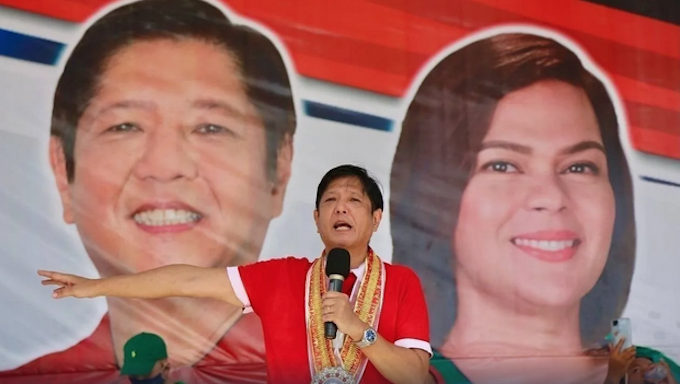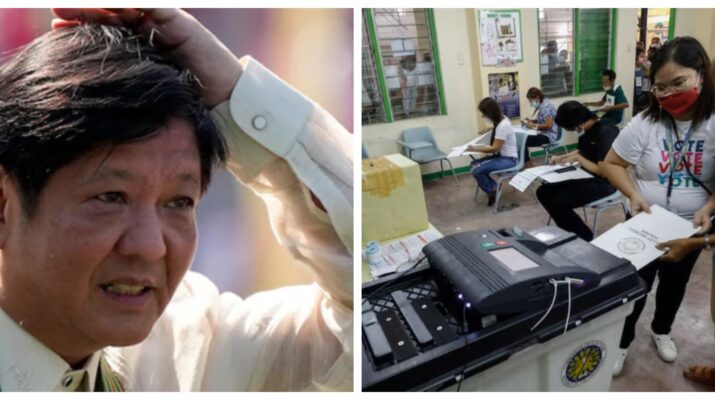It is often said that the midterm election is a referendum on the current administration, a test to see how contented the populace is on the incumbent government.
In the post-Marcos Sr. era, midterms tend to bode well for the sitting administration. This was the case in 2019 when the Duterte administration’s slate swept most of the Senate seats, and the same with the Aquino government’s candidates taking nine out of 12 seats in the upper chamber during the 2013 polls.
The dramatic defeat of former president Gloria Arroyo’s line-up in the 2007 midterms used to be the only anomaly in this trend, until the recent 2025 election also spelt catastrophe for the current administration of President Bongbong Marcos Jr.

President Marcos Jr.’s Alyansa Para Sa Bagong Pilipinas (English: “Alliance for a New Philippines”) senatorial line-up composed of: Benhur Abalos; Abby Binay; Pia Cayetano; Manny Pacquiao; Tito Sotto; Ping Lacson; Lito Lapid; Erwin Tulfo; Francis Tolentino; Bong Revilla; and Camille Villar.
It was a line-up comprising of seasoned politicians with many already being senators themselves previously. Each candidate had name recall, a nationwide profile, and being the sitting government’s administration – the machinery and resources of the state itself.
Yet as early as the initial tally of votes were publicized, the writing was already on the wall for these Alyansa candidates. Only six from the line-up entered the winning circle of 12, and one of them – Camille Villar – had seemingly defected to Vice President Sara Duterte’s camp that was seen as the main rival of the Marcos Jr. administration.
Duterte’s line-up, which was expected to perform poorly by pre-election surveys, exceeded expectations and saw four of its endorsed candidates in the so-called “Magic 12”: Bong Go (who ranked first), Bato dela Rosa, Rodante Marcoleta, and Imee Marcos – a re-electionist senator and the President’s own sister.
Rounding out the list were Bam Aquino and Kiko Pangilinan, both former senators themselves and ran independently of either Marcos or Duterte camps. Looking at the tally showing six seats for the administration, four for the Duterte camp, and two independents may seem like a mixed result; but that outcome is a clear defeat for the Marcos Jr. government.

The midterms was President Marcos’ opportunity to bury politically VP Duterte, his running-mate in the 2022 presidential elections but has since turned nemesis. Had his line-up secured more seats, Marcos would have had the numbers to successfully convict Duterte in her impeachment trial which the Senate will act as adjudicators for.
Two-thirds of the Senate must vote to convict Duterte, which translates to 16 senators. The midterm result has given the Vice President reinforcements in the upper chamber, complicating the process and potentially giving her a fighting chance at survival.
Even beyond that impeachment project, the rejection of most of Marcos’ senate candidates is also a slap in the face to the president. As mentioned, most of his candidates were considered formidable and had strong name recall already; despite that, they managed to be pipped to winning positions by their lesser-known rivals from the Duterte slate.
Candidates like Abby Binay and Bong Revilla were firmly within the winning twelve positions in pre-election surveys, only to experience defeat on election day. Meanwhile, Erwin Tulfo was consistently polling first or second in those polls too but ended up in fourth place.
Although the reasons may be more complex, their performance could also indicate that their endorsement by the current administration may have actually harmed their election chances. While support from a sitting administration is usually seen as a valuable help, in Marcos Jr.’s case it seemed to be a political “kiss of death” instead.

With only three years left into his presidency, Marcos Jr. and his allies would be looking at a successor to contest the top office in the 2028 election. Typically, this far into his reign the president should have already identified this individual and enhanced that person’s chances of being competitive in the next election.
However, with the poor showing in the midterms and the lack of any standout performers in his administration the next general election is a conundrum for the current administration. When former president Duterte was about to step down from office, he had several grassroots candidates that were truly loyal to him and could challenge for the presidency: Bong Go, Bato dela Rosa or even his own daughter, Sara Duterte herself.
Marcos Jr. has no such protege that is in a good position to be competitive in a presidential race. Many had seen former Cabinet secretary Benhur Abalos as that person, but he fared poorly in the midterms placing a distant 16th.
Not only did the midterm election create problems for Marcos Jr. in impeaching his rival Duterte, it has also left him with many things to worry about when he steps down from office. And even with three years left in his term, the 2025 election also exposed the unpopularity of the current president – which could lead to further defections from his camp and into the Duterte fold.
With the administration securing 5-6 seats, the Duterte camp also staking their claim on another five seats, and genuine oppositionists grabbing two seats; no one can claim to be a definitive winner in the 2025 midterm elections. What can be said unequivocally, however, is that the midterm polls – meant to be a referendum on the sitting president – was definitely a rebuke of Marcos Jr. and his administration.

